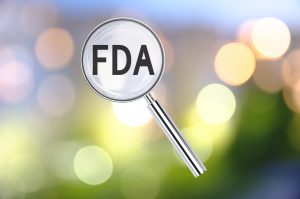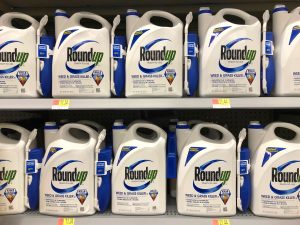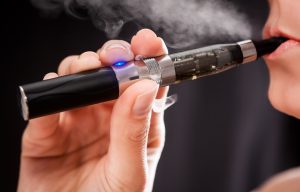Illinois Residents with Certain Breast Implants May Be in Danger, According to FDA
Earlier this month, the Food and Drug Administration (FDA) issued a warning regarding

Photo Credit:
g0d4ather/Shutterstock.com
two breast implant manufacturers for their failure to comply with specific regulatory requirements. According to the official FDA press release, the FDA sent warning letters to Allergan and Ideal Implant Incorporated.
The Warning Letters
Under United States regulations, the manufacturers of silicone breast implants must conduct studies to ensure the continued safety of their products, even after the product has obtained FDA approval. According to the FDA, these post-approval studies are designed to “further evaluate the safety and effectiveness of the products and to answer additional scientific questions about the long-term safety and potential risks of breast implants that their premarket clinical trials were not designed to answer.”
Notably, the FDA requires this follow-up testing even if the manufacturer voluntarily recalls a product. These post-approval studies are crucial to evaluate the continued safety of recalled breast implants for those who already have had the devices implanted.
 Illinois Injury and Mass Tort Lawyer Blog
Illinois Injury and Mass Tort Lawyer Blog





